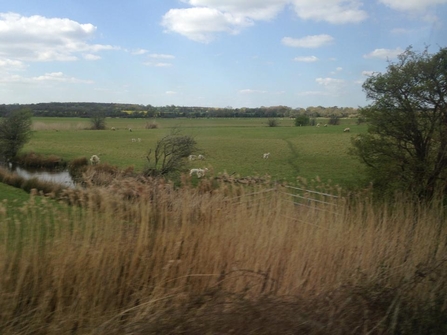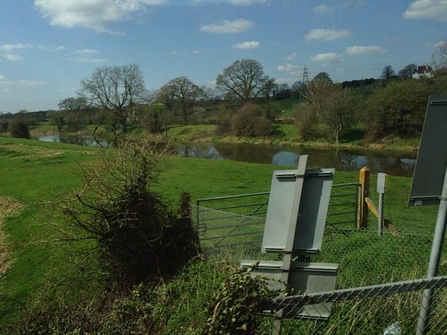A few weeks ago I found myself entirely alone in a train carriage making its rather serene way between Ashford and Hastings, the perfect time, space and landscape for some personal reflections on the work we are so fortunate to do.
The journey from Ashford to Hastings in stunning spring sunshine showcased the landscape of Romney Marsh at its finest.


